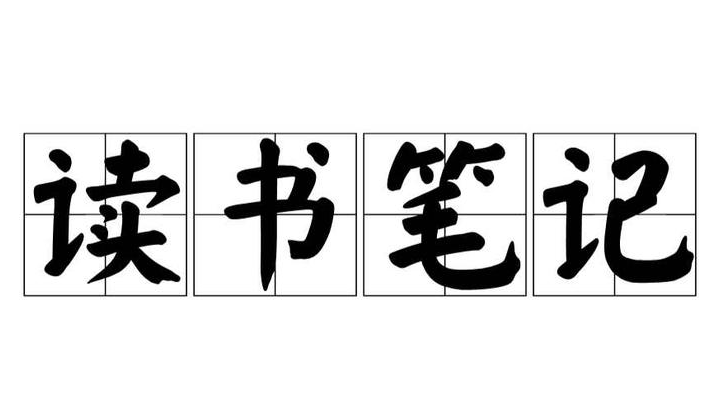uniapp时间格式化处理
无
·
应用需求分析:前台页面有时需要展示YYYY-MM-DD格式,但后台却返回给我们YYYY-MM-DD hh:mm:ss、或者是一串字符
//格式化处理 方式一:
dateFormat(time) {
let date = new Date(time);
let year = date.getFullYear();
// 在日期格式中,月份是从0开始的,因此要加0,使用三元表达式在小于10的前面加0,以达到格式统一 如 09:11:05
let month = date.getMonth() + 1 < 10 ? "0" + (date.getMonth() + 1) : date.getMonth() + 1;
let day = date.getDate() < 10 ? "0" + date.getDate() : date.getDate();
let hours = date.getHours() < 10 ? "0" + date.getHours() : date.getHours();
let minutes = date.getMinutes() < 10 ? "0" + date.getMinutes() : date.getMinutes();
let seconds = date.getSeconds() < 10 ? "0" + date.getSeconds() : date.getSeconds();
// 拼接
// return year + "-" + month + "-" + day + " " + hours + ":" + minutes + ":" + seconds;
return year + "-" + month + "-" + day;
},
<view v-if="item.rukudate">{{ dateFormat(item.rukudate) }}</view>
或者
<view v-if="item.yuyuedate" :class="dateFormat(item.yuyuedate) == day ? 'sameDay' : '' ">{{ dateFormat(item.yuyuedate) }}</view>
//格式化处理 方式二:
// 时间过滤器
filters:{
formatDate(date){
console.log(date)
let newDate = new Date(date);
let year = newDate.getFullYear();
let month = newDate.getMonth().toString().padStart(2,0);
let day = newDate.getDay().toString().padStart(2,0);
return year + '-' + month + '-' + day;
}
},
<view>发表时间:{{ item.add_time | formatDate }}</view>
Element UI -- el-date-picker 日期组件设置默认值
<el-date-picker
style="width:23%"
v-model="time"
type="daterange"
range-separator="至"
start-placeholder="开始日期"
end-placeholder="结束日期"
value-format="yyyy-MM-dd"
></el-date-picker>
// 默认时间
timeDefault () {
let date = new Date()
// 通过时间戳计算
let defalutStartTime = date.getTime() - 7 * 24 * 3600 * 1000 // 转化为时间戳
let defalutEndTime = date.getTime()
let startDateNs = new Date(defalutStartTime)
let endDateNs = new Date(defalutEndTime)
// 月,日 不够10补0
defalutStartTime = startDateNs.getFullYear() + '-' + ((startDateNs.getMonth() + 1) >= 10 ? (startDateNs.getMonth() + 1) : '0' + (startDateNs.getMonth() + 1)) + '-' + (startDateNs.getDate() >= 10 ? startDateNs.getDate() : '0' + startDateNs.getDate())
defalutEndTime = endDateNs.getFullYear() + '-' + ((endDateNs.getMonth() + 1) >= 10 ? (endDateNs.getMonth() + 1) : '0' + (endDateNs.getMonth() + 1)) + '-' + (endDateNs.getDate() >= 10 ? endDateNs.getDate() : '0' + endDateNs.getDate())
return [defalutStartTime, defalutEndTime]
}
更多推荐
 已为社区贡献1条内容
已为社区贡献1条内容









所有评论(0)